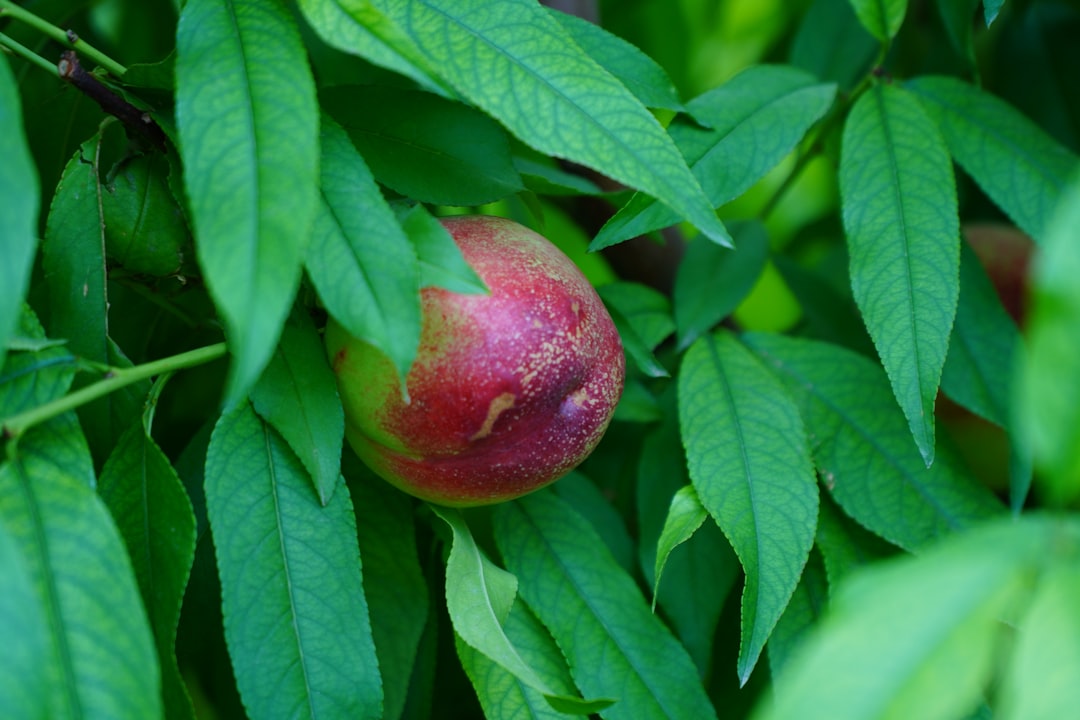Eco-Friendly Ways to Reclaim Your Lawn from Moss

Maintaining a lush, green lawn is a dream for many homeowners. However, the pesky presence of moss can quickly turn that dream into a nightmare. While herbicides might seem like a quick fix, they come with a host of environmental problems. In this article, we'll explore some eco - friendly tips to get rid of moss in your lawn and keep your yard looking its best.
Understanding Moss Growth
Moss thrives in conditions where grass struggles. It often appears in areas with poor drainage, low sunlight, and compacted soil. Before you start trying to get rid of moss, it's important to understand why it's growing in the first place. By addressing the underlying issues, you can prevent moss from coming back in the future.
Soil Testing and Aeration
One of the first steps in combating moss is to test your soil. A simple soil test can tell you the pH level, nutrient content, and other important factors. Most grasses prefer a slightly acidic to neutral pH (around 6.0 - 7.0). If your soil is too acidic, moss will have an advantage over grass. You can add lime to raise the pH level, making the soil more hospitable for grass.
Compacted soil is another common problem. When the soil is compacted, water and air have a hard time reaching the grass roots. This creates an ideal environment for moss. Aerating your lawn is a great way to relieve soil compaction. You can use a manual or mechanical aerator to create small holes in the soil. This allows water, air, and nutrients to penetrate deeper into the ground, promoting healthy grass growth.
Improving Drainage
Poor drainage is a major contributor to moss growth. If your lawn has areas that are constantly wet, moss will likely take over. To improve drainage, you can start by grading your yard. Make sure the ground slopes away from your house and other structures. You can also install French drains or other drainage systems in areas with persistent water problems.
Another option is to add organic matter to the soil. Compost, peat moss, or well - rotted manure can help improve the soil structure and its ability to drain water. Spread a layer of organic matter over your lawn and work it into the top few inches of soil.
Sunlight and Shade Management
Moss loves shady areas. If your lawn has large sections that are shaded by trees or buildings, you may need to take steps to increase sunlight. You can prune overhanging branches to allow more light to reach the grass. If possible, consider removing trees or shrubs that are blocking too much sunlight.
Alternatively, you can choose grass varieties that are more shade - tolerant. Some types of fescue and ryegrass can grow well in partial shade. By planting the right grass for your lawn's conditions, you can outcompete moss.
Natural Moss Removal Methods
Once you've addressed the underlying issues, it's time to get rid of the existing moss. There are several natural methods you can use.
Vinegar Solution
White vinegar is a common household item that can be used to kill moss. Mix equal parts of white vinegar and water in a spray bottle. Spray the solution directly on the moss. The acetic acid in the vinegar will dry out the moss and kill it. After a few days, you can rake up the dead moss.
Baking Soda
Baking soda is another effective natural remedy. Sprinkle baking soda generously over the moss - covered areas. Leave it for a few days, and then use a broom or rake to remove the dead moss. Baking soda not only kills moss but also helps to raise the soil pH slightly.
Iron Sulfate
Iron sulfate is a natural mineral that can be used to control moss. It works by burning the moss without harming the grass. You can find iron sulfate at your local garden center. Follow the instructions on the package for application rates. Usually, you'll need to dissolve the iron sulfate in water and spray it on the moss.
Maintaining a Healthy Lawn
After getting rid of the moss, it's important to maintain a healthy lawn to prevent its return. Regular mowing at the proper height is crucial. Most grasses should be mowed to a height of 2.5 - 3 inches. This helps the grass develop strong roots and outcompete weeds and moss.
Proper fertilization is also important. Use a slow - release fertilizer that is appropriate for your grass type. Over - fertilizing can lead to other problems, so follow the recommended application rates. Water your lawn deeply but infrequently. This encourages the grass roots to grow deeper, making the lawn more drought - tolerant and less susceptible to moss growth.
In conclusion, by using these eco - friendly tips, you can get rid of moss in your lawn without relying on harmful herbicides. With a little effort and proper maintenance, you can enjoy a beautiful, healthy yard for years to come.